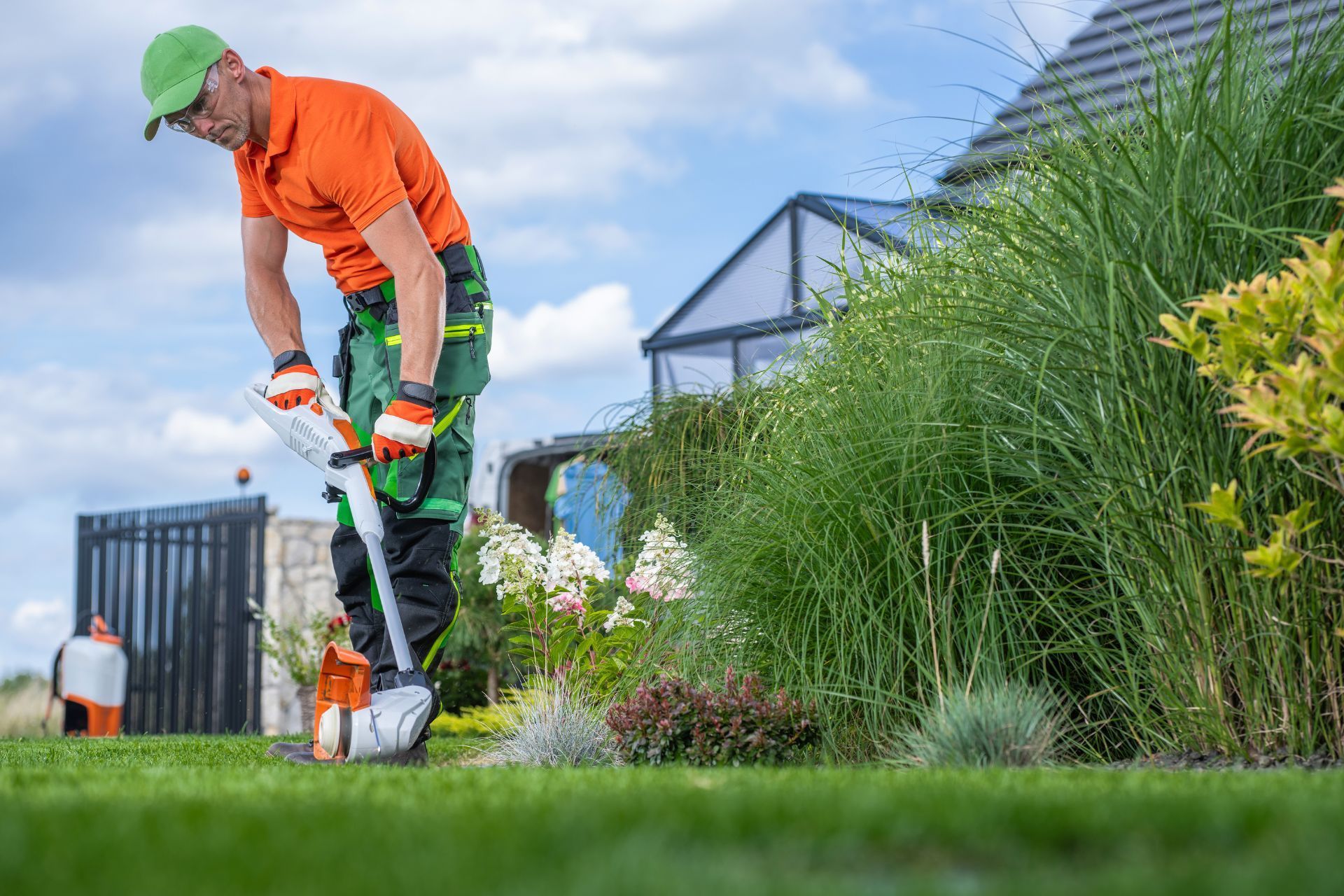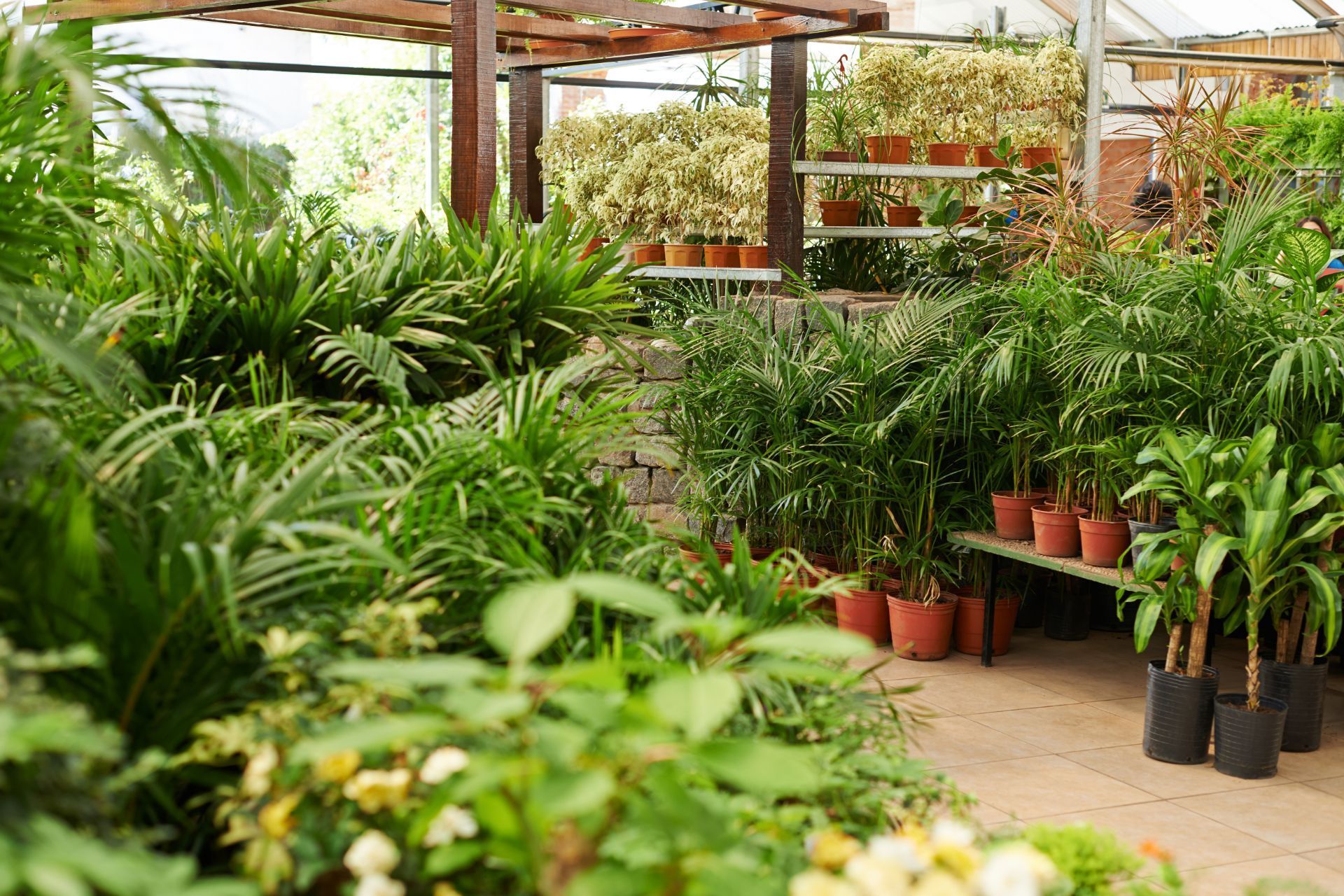Best Lawn Edging Techniques That Boost Curb Appeal
A well-manicured lawn can transform the appearance of your home, making it inviting and visually striking. One of the simplest yet most effective ways to enhance your lawn's look is through proper edging. At Dead Silent Lawn Care in Athens, GA, we understand the significant impact clean edges can have on your home's curb appeal. Here’s how you can master lawn edging techniques to boost the aesthetic of your property.

Why Edging Matters
Edging serves as a boundary that delineates lawn areas from flower beds, pathways, and driveways. Here are a few reasons why edging is crucial:
Defined Borders
Crisp edges create a polished appearance, providing a clear division between different parts of your garden or landscape.
Maintenance Benefits
Edging facilitates easier mowing and trimming, helping to maintain a neatly groomed lawn with less effort.
Weed Control
A well-defined edge acts as a barrier, helping to prevent the spread of grass and weeds into flower beds and other landscaped areas.
Popular Lawn Edging Techniques
Explore these practical techniques to achieve pristine lawn borders that elevate your curb appeal.
1. Natural Bed Edging
This method involves creating a shallow trench between lawn and garden beds with a spade or edging tool.
Benefits:
Natural bed edging provides a clean, understated look that emphasizes the lawn's transition into garden beds without the use of materials.
2. Paver Edging
Pavers, bricks, or stones are installed along the lawn's edge to create a structured and durable border.
Benefits:
Paver edging offers a neat, architectural appeal and is highly effective in preventing lawn creep and soil erosion.
3. Metal and Plastic Edging
Flexible metal or plastic strips are inserted into the ground to form a clean edge line.
Benefits:
These materials are budget-friendly and durable, requiring less maintenance over time. They offer a sleek and modern look.
4. Raised Beds
Building raised beds with wood, stone, or metal materials elevates garden areas slightly above lawn level.
Benefits:
Raised beds are excellent for drainage and create a distinct visual separation, showcasing plants and flowers prominently.
Tips for Perfect Edging
Achieving the perfect edge involves more than just choosing the right technique. Follow these tips to ensure your lawn edges look professional.
Consistency is Key
When edging, maintain a consistent depth and width along the entire edge for a uniform appearance. This enhances symmetry and neatness.
Regular Maintenance
Regularly trim and maintain edges to prevent grass from overgrowing the border. This upkeep activity keeps your lawn looking sharp and defined.
Use Quality Tools
Invest in high-quality edging tools such as spades, half-moon edgers, or mechanical trimmers. Quality tools produce cleaner cuts and last longer.
Combine Techniques
Don’t be afraid to mix different edging styles for various sections of your landscape. This can create a dynamic and visually appealing effect.
Conclusion
Edging is a simple yet impactful way to enhance the curb appeal of your lawn. Whether you prefer the natural look of a simple spade edge or the structured appearance of pavers, the right technique will provide your home with a fresh, pristine look. At Dead Silent Lawn Care, we are dedicated to helping Athens, GA, homeowners achieve beautifully edged lawns that stand out in their neighborhoods.
Frequently Asked Questions
How often should I edge my lawn?
Edge your lawn once or twice a season, or as needed, depending on grass growth and your personal maintenance schedule.
What’s the most durable material for edging?
Materials like stone, brick, and metal are highly durable, offering long-lasting and low-maintenance edges.
Can I edge my lawn with basic gardening tools?
Yes, a quality spade or hand edger can effectively create clean edges with regular use.
How do raised beds help with edging?
Raised beds naturally create a distinct separation that makes the transition between lawn and garden area clear.
Can proper edging help with drainage?
Yes, effective edging combined with raised or sloped beds can help direct water flow and improve drainage.


